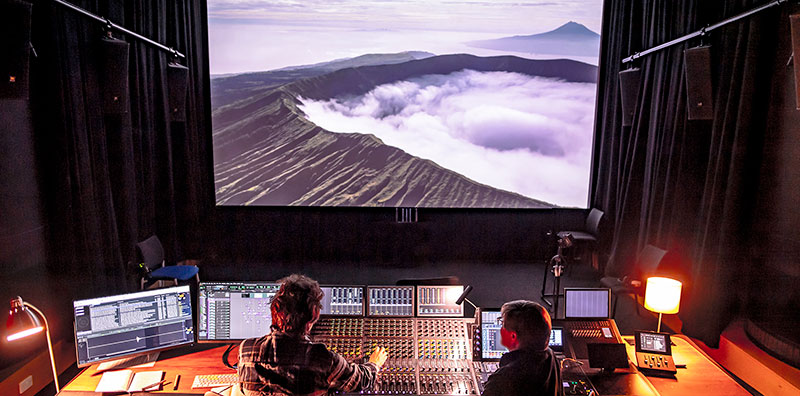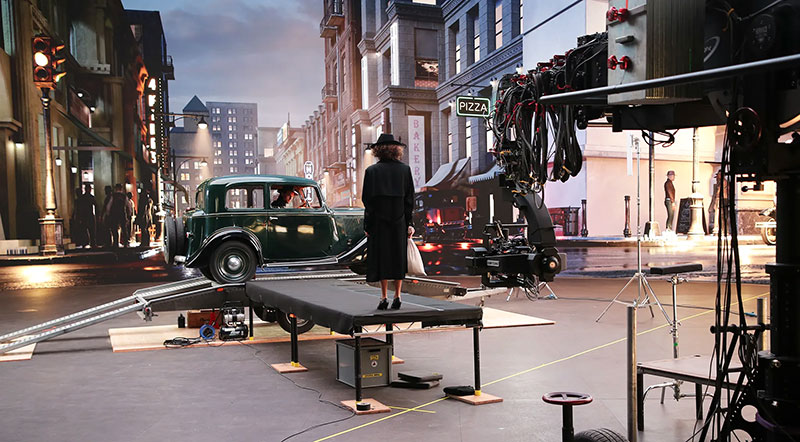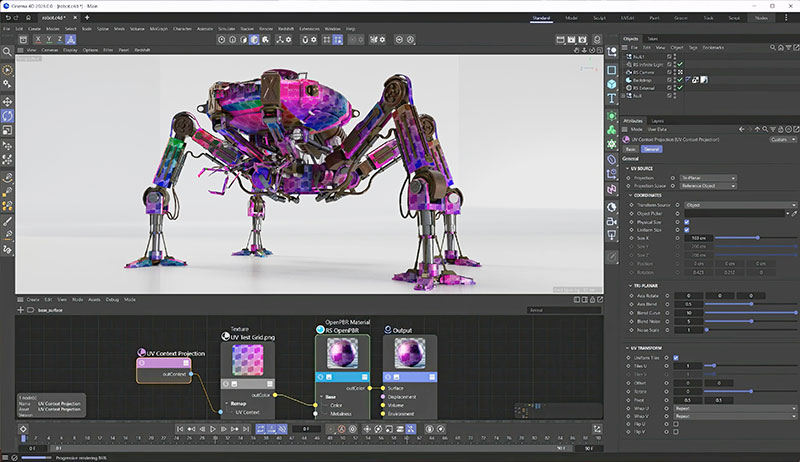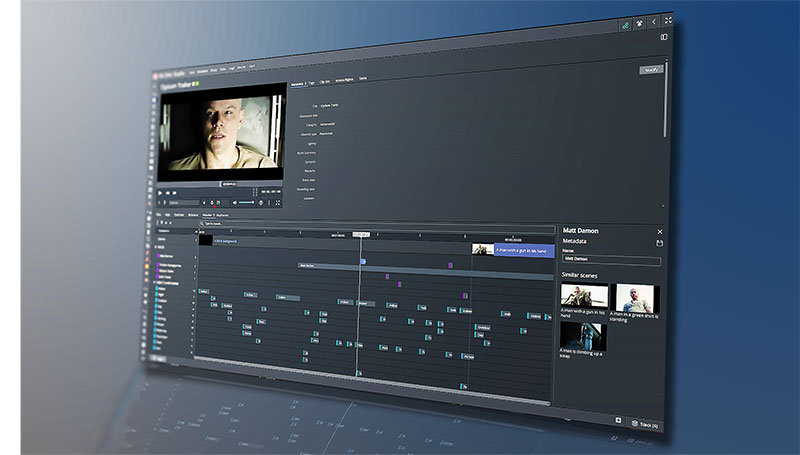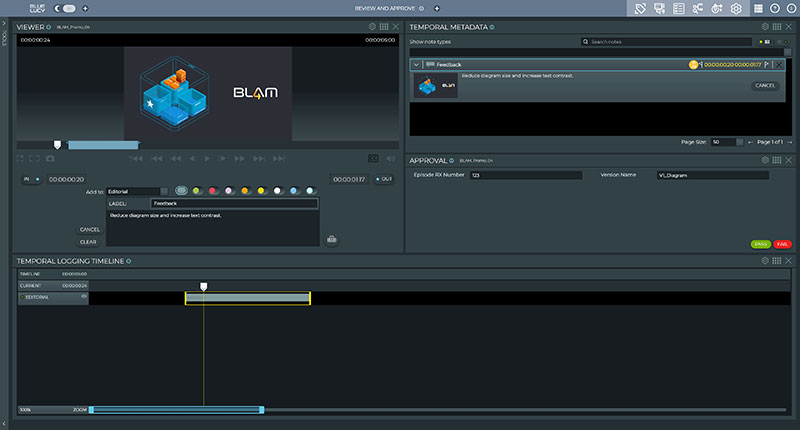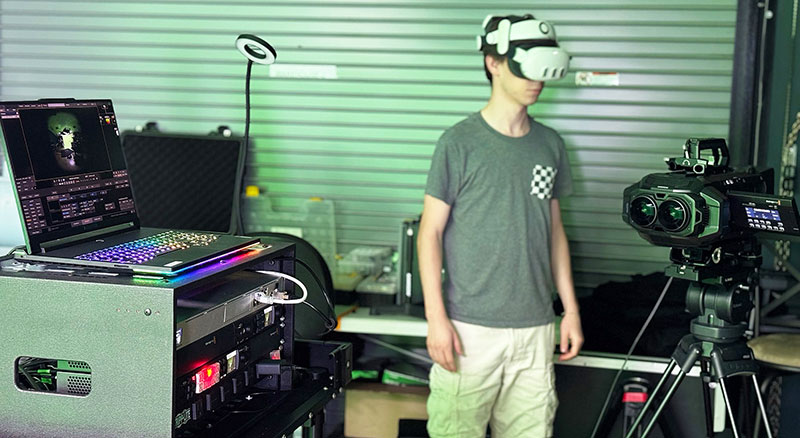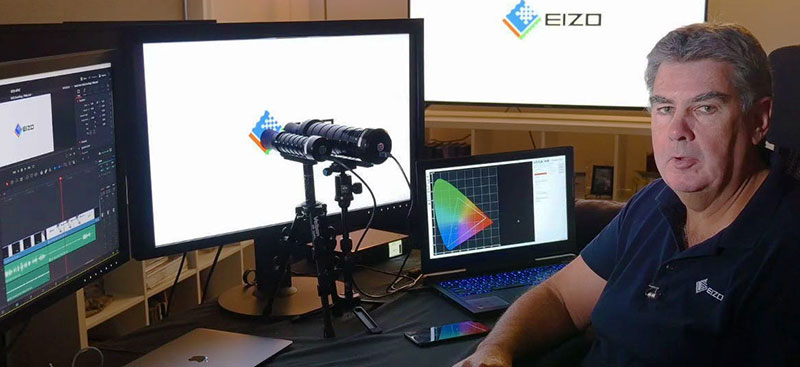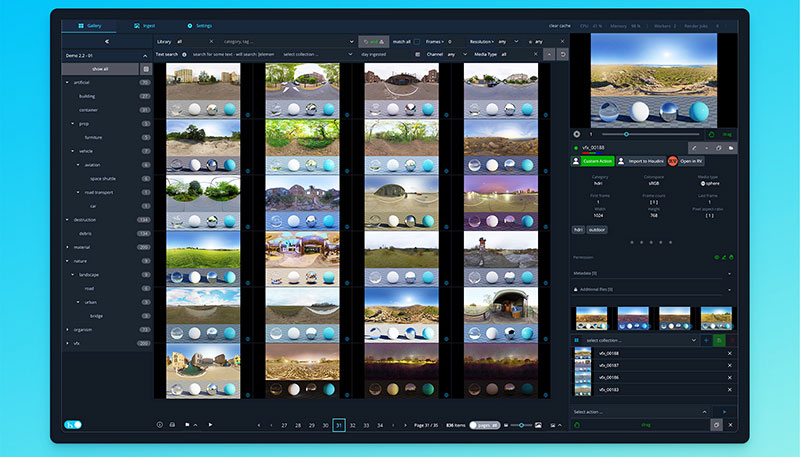Head of colour Science at Harbor Matthew Tomlinson talks about using Colorfront Streaming Server to gain creative confidence.
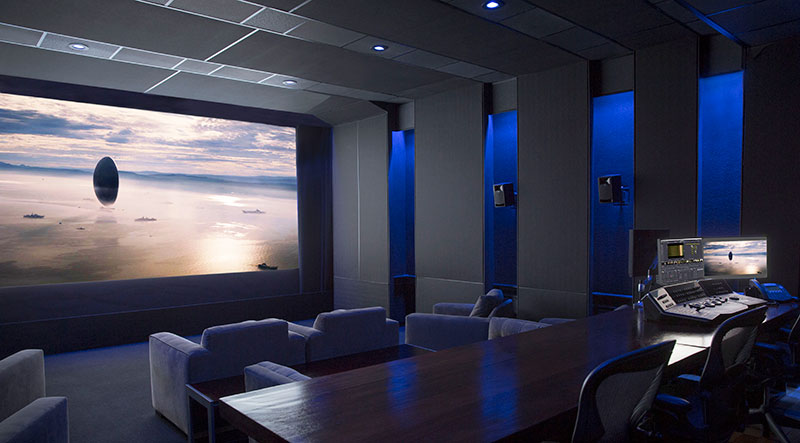
With extensive technical and creative expertise, Matthew Tomlinson is the head of colour science at Harbor, where he services projects by ensuring colour consistency from preproduction through final colour, as well as through creative look development.
His recent credits include Universal Pictures' Jurassic World: Rebirth, A24's Babygirl and Materialists, Sony's Karate Kid: Legends, Apple TV+'s The Studio and Season 1 of Netflix's Sirens.
How is colour science evolving in film and television today?
We're at an interesting inflection point. colour science is no longer just about display calibration or LUT management. It's about dynamic, real-time fidelity across a wide range of formats, workflows and environments. HDR is now table stakes. Dolby Vision, ACES, IMF pipelines – these are all pushing us toward a future where precision needs to travel. Increasingly, that also means rethinking how we collaborate when everyone isn't in the same room.
What's the biggest challenge when it comes to maintaining colour fidelity in hybrid or remote workflows?
Trust. The moment you leave the calibrated theatre, you risk breaking the visual contract between the colourist, the cinematographer and the viewer. One of the trickiest elements is the display variable. Not everyone is on a reference monitor – many are on iPads, laptops, consumer OLEDs. So, the question becomes: How do you preserve intent in less controlled environments?
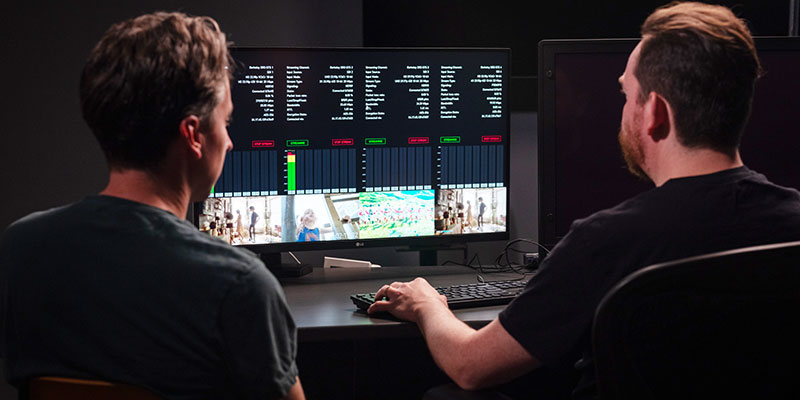
What does Harbor do to solve for that?
We've spent years testing and building infrastructure that supports remote workflows without compromising fidelity. That includes carefully selected display profiles, bandwidth- aware stream handling and, yes, smart tools like Colorfront Streaming Server. We've worked closely with Colorfront to help fine-tune how streams map colour to different devices. The Colorfront teams' willingness to collaborate is fantastic, and while no remote solution is perfect, we've gotten very close to the reference experience – especially for HDR review.
But it's not just about the tools. It's about how you implement them. Our engineers, colourists and producers build each session with a science-forward mindset - calibrated displays, colour-managed outputs, the right technology and clear client guidance.
What are some of the key reasons you use Colorfront Streaming Server for remote review, and how has perceptual mapping helped deliver consistent picture quality across different devices?
We use it because it integrates seamlessly with our workflows. The under-the-hood perceptual mapping was critical in relation to helping multiple viewing devices, specifically the iPad Pro and M Chip laptops. They present an image that is a perceptual match to the hero reference device. This aspect helped immensely.
We are living in a day and age when it's not uncommon for there to be multiple viewing devices all in the same room viewing the same image. I will give a specific example. One of our clients had to be out of town for a large part of the colour grading process but still needed to sign off on the image. We provided an iPad Pro with Colorfront Streaming Player installed and compared it to the reference display, the Sony X310. We were able to present the same image in both HDR and SDR.
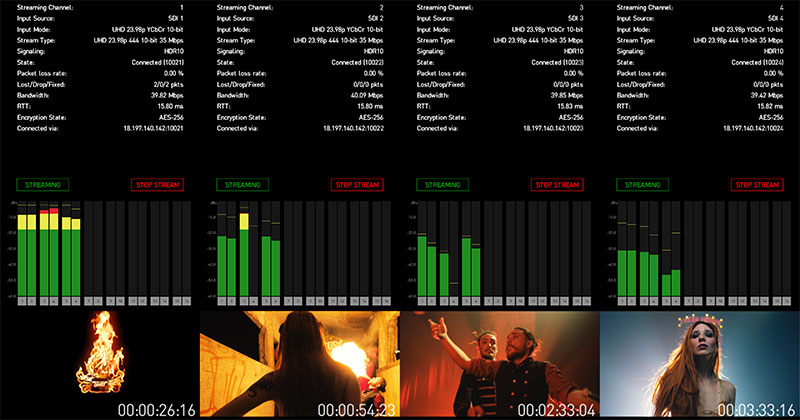
For his confidence, the client held the iPad Pro directly next to the X310. That was the absolute torture test — two distinctly different display technologies showing the exact same imagery. The perceptual mapping was key in this respect.
The Colorfront team has spent the time to understand the inner workings of the iPad Pro and how to interact with the device, bringing it inline visually with the hero display via the perceptual mapping. That small sentence has massive implications. It creates an environment of trust between the devices to a very high degree and has transformed remote viewing with colour-critical capabilities.
In general, the concept of perceptual mapping is very impressive, and I love how those who are embracing the concept, like Colorfront, are really allowing themselves to think outside the box. This is the kind of thinking that could eventually help streaming platforms and grading tools deliver more consistent experiences, regardless of device — which, in turn, helps maintain creative and storytelling. But it only happens if we can trust that what we're seeing remotely is accurate.
Sponsored by: colorfront.cloud




